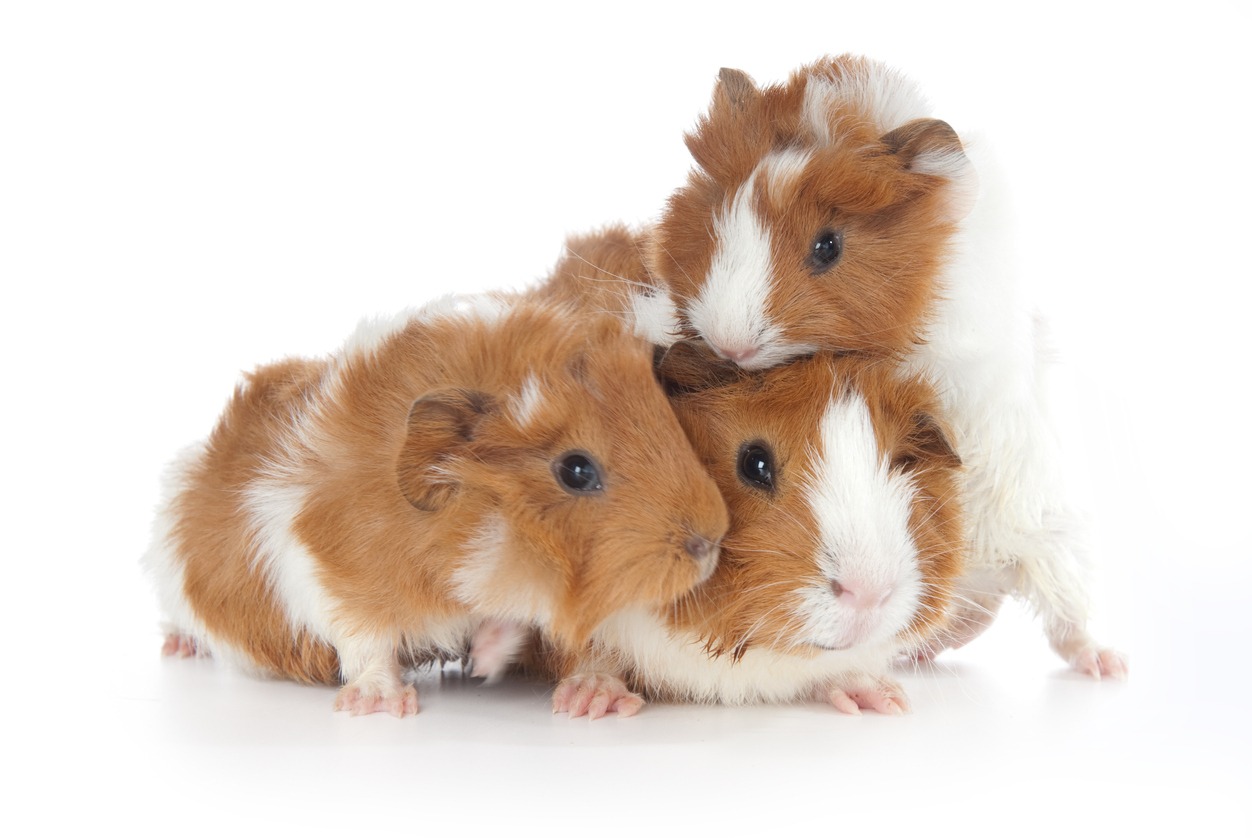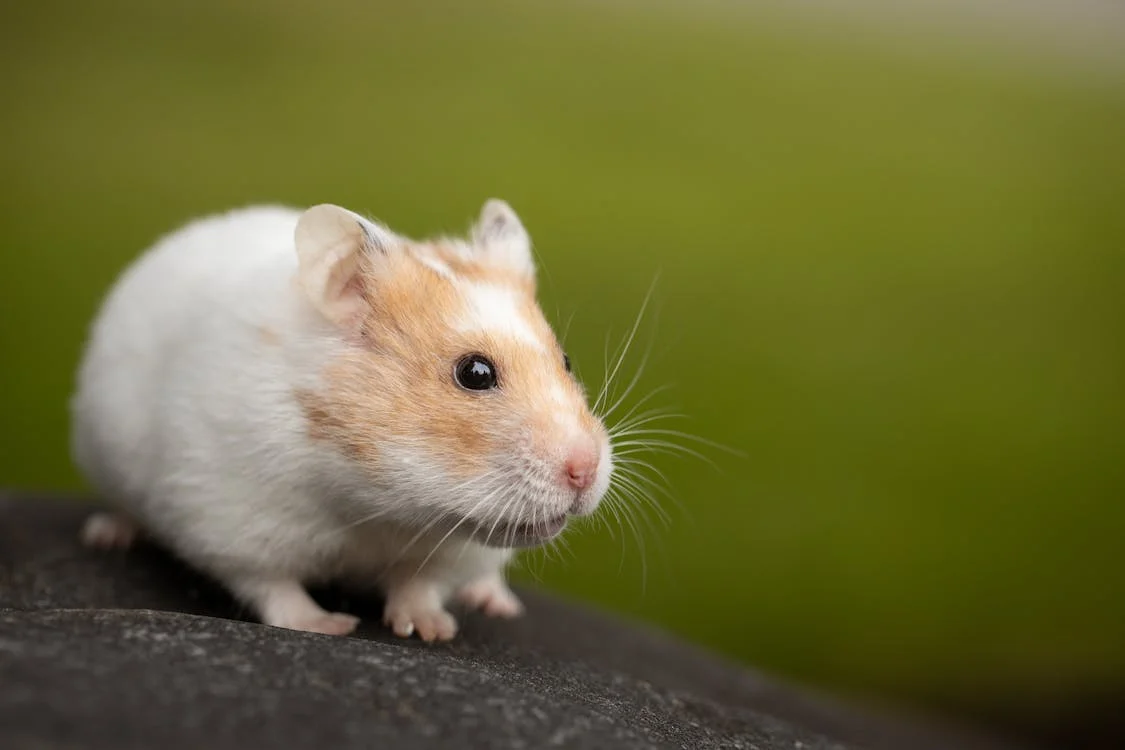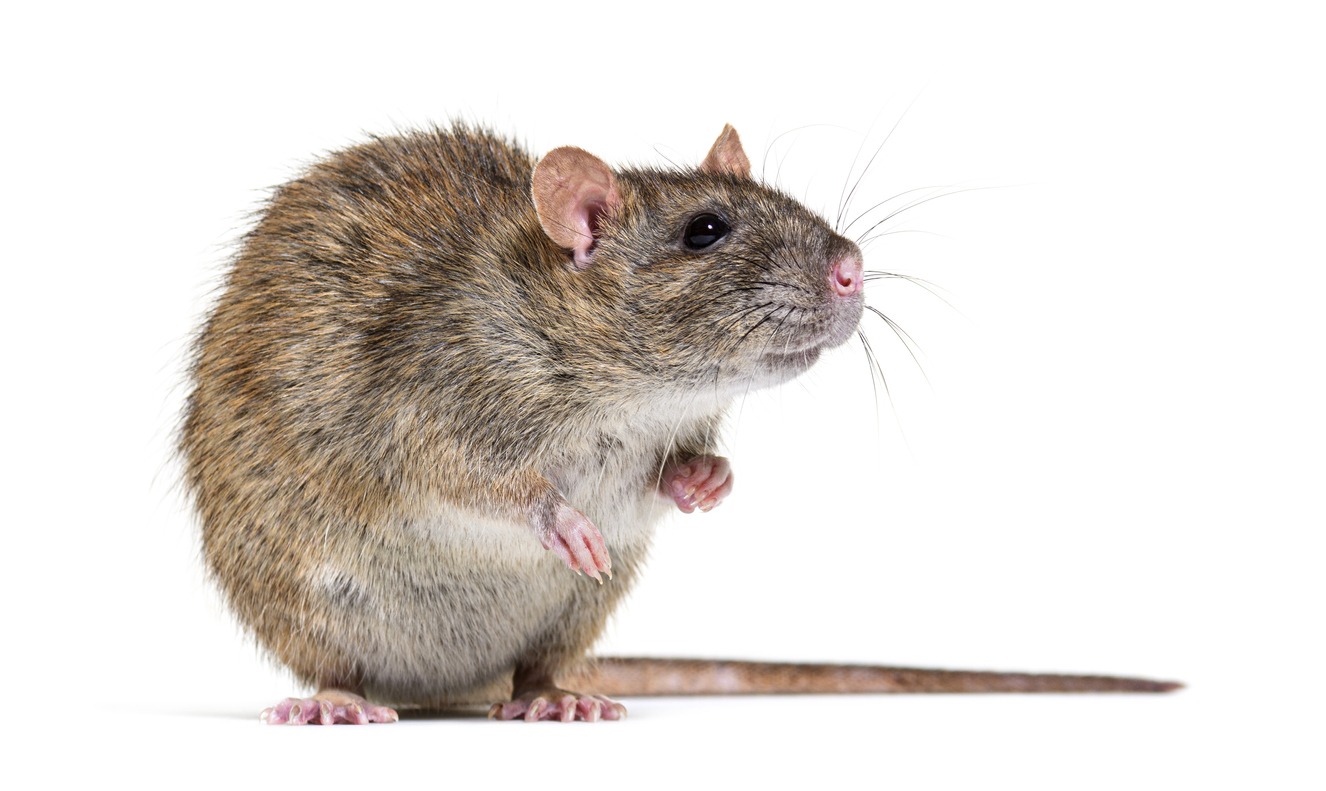Want a small pet?
Many homeowners still want to keep a pet, other than a dog or a cat, so they opt for small pets. However small they are, choosing these pets is no small job either. With their adorable size alone, not to mention different colors and fur patterns, it can make difficult for many people to choose. Depending on the pets, some of them require constant amounts of attention while the others do not need much maintenance at all. It just depends on how much time and effort you’re willing to devote to these small pets you’re going to own.
The following lists some of the small pets which can be a great start for you especially if you’re a first-time pet owner:
Guinea pigs, hamsters, and gerbils
1. Guinea pigs
Compared to other small pets, a guinea pig — also known as a cavy — is indeed a giant one. As a matter of fact, guinea pig breeds can weigh up to about 3 pounds. Guinea pigs come in different colors and patterns and are also great for kids of any age. Its lifespan is relatively long too as they can live for up to ten years. Feeding should consist of pellets, fresh veggies and a fresh supply of water, as well as a daily dose of vitamin C.
Like any other pets, guinea pigs need a lot of moving around, so you can purchase portable enclosures from pet stores to enable them to safely explore its environment, whether it is indoors or outdoors. You can add pipes or mazes to the cage, but you should never buy an exercise wheel for it can cause back and leg injuries to these cavies.
2. Hamsters
Hamsters are cute, furry and friendly, not to mention easy to keep (and to breed). No wonder they’re one of the most popular pets around. There are many hamster breeds, but the most popular ones are the Syrian hamster (or golden hamster) and the Robrovski dwarf hamster. However, their lifespan is relatively short as they can live up to three years. Hamsters are nocturnal so they can become quite easily disturbed in the daytime. So to younger kids, in particular, they should not attempt to handle them if they’re asleep in the daytime, as these furry fellas may be disturbed and worse, bite their hands. You should feed your hamster with commercial pellets, as well as fresh fruits and veggies and a fresh supply of water.
As hamsters have the tendency to scratch and gnaw their way to escape, you should purchase a solid cage from the pet store. Hamsters love to go through mazes or tubes, so it’s ideal to have them on their cages too. An exercise wheel, of course, is a must for every hamster cage. Wood shavings, as well as shredded tissues or paper, make a good bedding for hamsters. Most hamsters are solitary; in fact, when you have hamsters of the same sex they tend to be aggressive with each other. As hamsters have poor eyesight and get easily startled, they make much better friends with older kids and adults than with younger kids.
3. Gerbils
Gerbils are basically burrowing creatures and they tend to dig things for pleasure, so that’s why they’re more fun to watch than to handle. Most gerbils are nocturnal like any other rodents. As they are active animals, you should provide an ample cage with a wire topper, and make sure that you fill the cage with at least six inches of decent substrate for the gerbils to burrow. Aside from gerbil food that can be purchased from most pet stores, you should also provide them with sunflower seeds, mealworms, and fresh veggies like carrot, broccoli, peas, and sweet corn, as well as a fresh supply of water. Some pet experts recommend exercise wheels for gerbils, while others do not because they see it as useless for gerbils as they rather prefer to burrow than step inside the wheel.
Rat basketball
4. Rats
They may not have the cute and appealing reputation compared to hamsters and guinea pigs. But don’t underestimate them! Unlike their sewage-dwelling counterparts, domesticated rats are docile and clean. In fact, these domesticated rats — also called fancy rats — have been called “the lower maintenance dog” because they are intelligent, playful, sweet, obedient, and can perform tricks (when taken care of and trained properly). They also love the attention from their human masters. Well-kept rats can live up to 3 years, just like hamsters.
A large cage with solid flooring will do for your domesticated rats. Hemp, cloth and paper make excellent beddings for rats. Staple food for domesticated rats consists of a grain mix, and lab blocks, as well as fresh fruits and veggies. Rats tend to get bored to eat the same thing every day, so make sure that you provide varied meals for them. Dog food with lower fat content is also good for the little creatures. Most of all, as rats are too smart and may crave for your attention, you should bond with them more often. The more you spend time with your domesticated rats and teach them little tricks as well, they will be more active, happy and friendly. One day, you may impress your friends by showing how your rat can shoot hoops.
5. Mice
Like rats, mice may never have that appealing reputation. But domesticated mice can make really great pets for people of all ages, except for very young children. Compared to other small pets, domesticated mice are reputed to be really friendly, despite being high-maintenance creatures. Male mice should be kept alone; otherwise when two or more males are together in one cage they tend to be really aggressive. Keeping two or more female mice are otherwise ok. Another, a male mouse gives off that strong musky scent so a regular cleaning must be done for them. Unless you want to take care of the resulting pups, you should never place one male and one female together in a cage as they breed really fast.
An ample wire cage with solid footing is better than a tank as it allows better ventilation for mice. Shredded paper or tissue makes a good bedding and nesting for them. As mice’s metabolism is very high, you should provide them with food at all times. Snacks, supplements, veggies, cooked rice and/or pasta, scrambled eggs, and live mealworms are only some of the treats for your mice. Of course, a fresh supply of water is a must too. Provide their cages with toys and mazes to keep them stimulated and happy, as well as to promote exercise.





